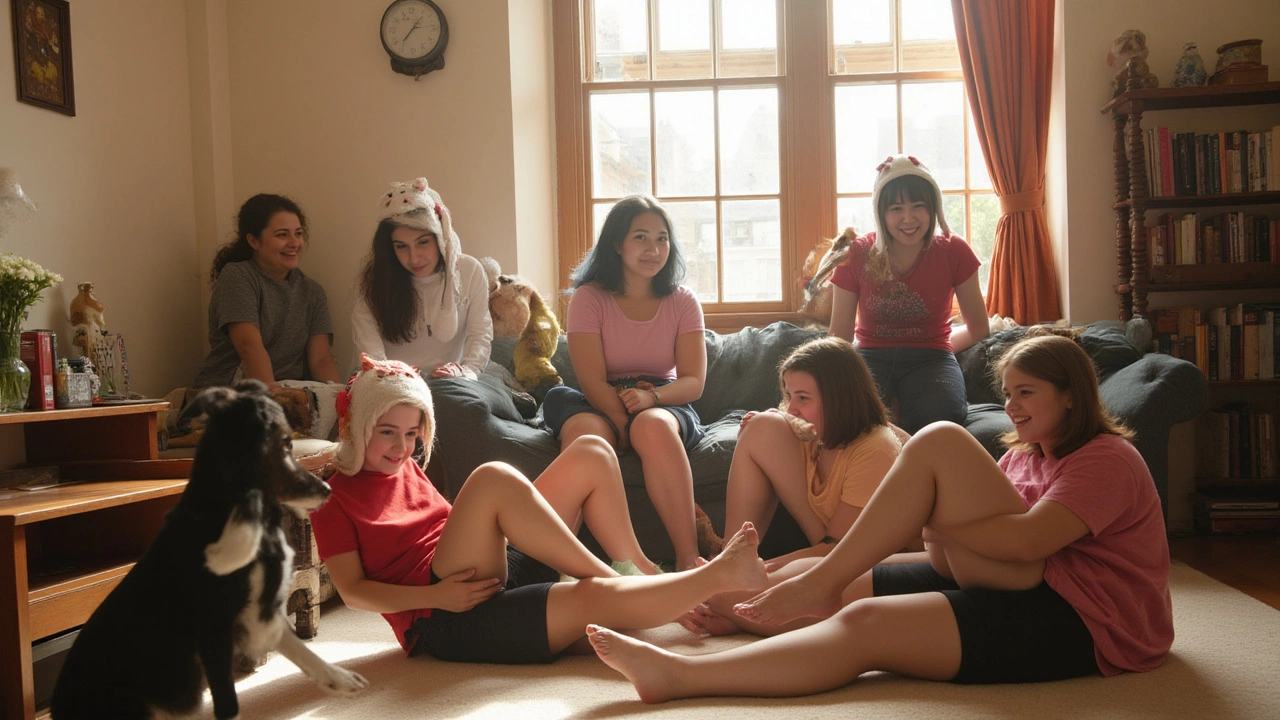Pup Play: A Beginner’s Guide to Fun, Safe Roleplay
If you’ve seen videos of adults acting like playful puppies and wondered what the buzz is about, you’ve landed in the right spot. Pup play is a type of pet play where one person takes on the puppy role and another acts as the handler. It’s not just a costume party – it’s a mix of physical sensation, mental release, and a clear power dynamic that many find deeply satisfying.
Why People Love Pup Play
For many, the appeal lies in letting go of everyday pressures. Acting like a pup means focusing on simple joys: running, fetching, getting praised, and living in the moment. The role gives an instant escape from responsibilities, and the handler gets to nurture, train, and reward. This give‑and‑take creates a strong bond that feels genuine, even though it’s built on a fantasy.
Another big draw is the physical side. Wearing a muzzle, tail, or paws can heighten sensations and make touch feel different. The tension of a leash, the command of a voice, or the excitement of a new trick all add layers of pleasure that go beyond standard bedroom play.
Getting Started Safely
First thing: talk it out. Before any collar or leash touches skin, discuss limits, safe words, and what each person wants out of the scene. Write down hard limits (things you’ll never do) and soft limits (things you’re unsure about). A clear signal – like “red” for stop, “yellow” for slow down – keeps everything consensual.
Start with basic gear. A simple leather collar, a short leash, and maybe a pair of puppy ears are enough for a first session. You don’t need expensive outfits; the vibe comes from attitude and communication. If you’re curious about a muzzle, try a soft fabric version first to see how it feels.
Pick a safe space. A bedroom or a private room works best because you can control lighting, temperature, and privacy. Make sure there’s a clear exit if anyone feels uncomfortable. Having a water bottle nearby is a good idea – pups can get thirsty after a lot of activity.
During the scene, handlers often give simple commands like “sit,” “stay,” or “fetch.” Keep the language consistent and positive. Praise goes a long way; a pat, a treat, or a verbal “good pup” reinforces the dynamic and adds to the fun.
After the play, switch off the roles with aftercare. This could be a warm blanket, gentle petting, or just a chat about how the scene felt. Aftercare helps both parties return to normal mindset and builds trust for future sessions.
If you want to learn more, check out online forums, pup‑play groups on social media, or local meet‑ups. Many cities have “puppy play” nights where newcomers can observe and ask questions without pressure. Watching experienced pups and handlers in action can give you ideas for tricks, gear, and body language.
Remember, pup play is about pleasure, connection, and consent. Approach it with curiosity, keep communication open, and enjoy the simple joy of being a puppy for a while.
Pup Play: Discover Why Pup Play Is So Addictive and Fun

Explore the fascinating world of pup play: its history, core ideas, benefits, safe practices, and how anyone can get started or enhance their experience.
